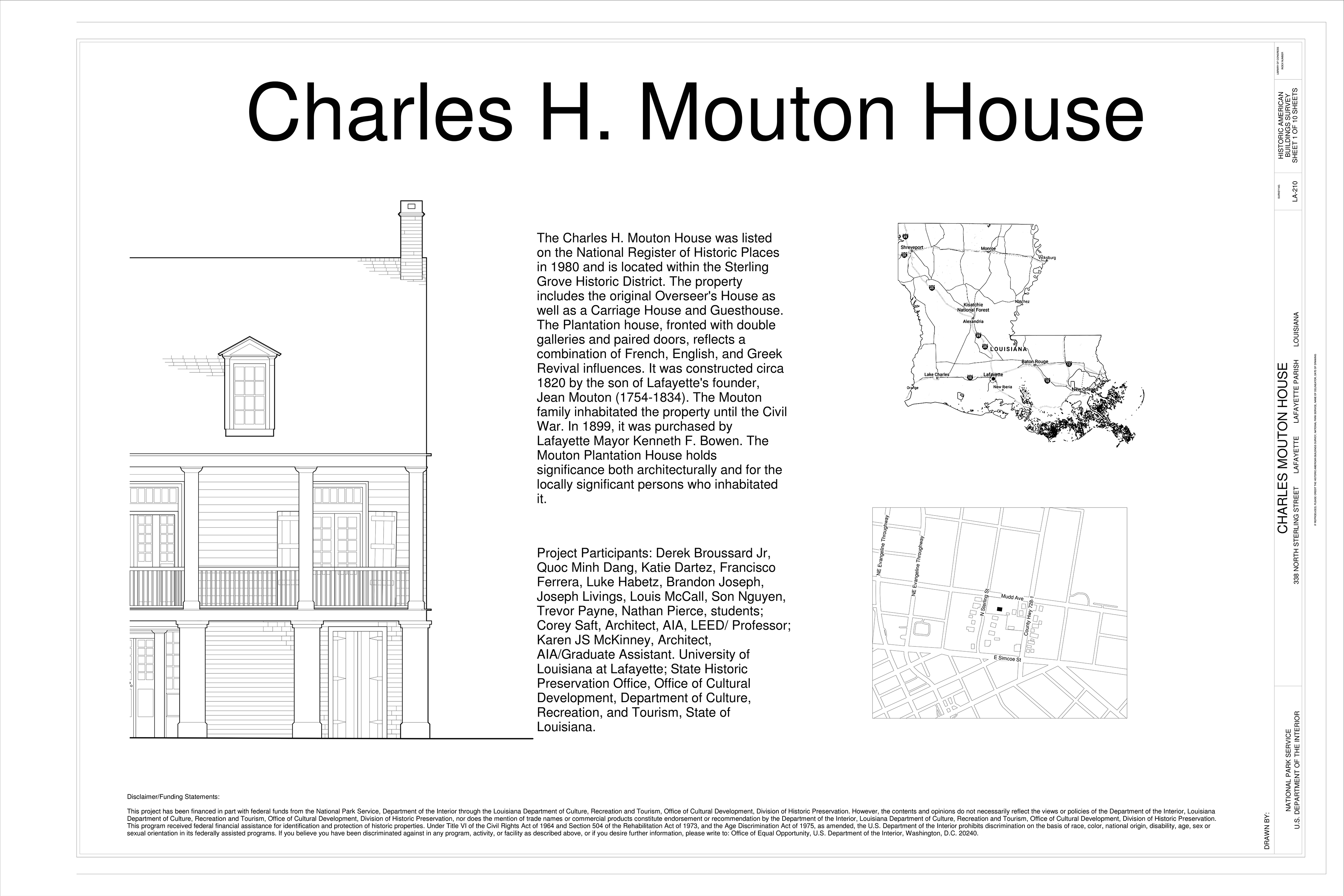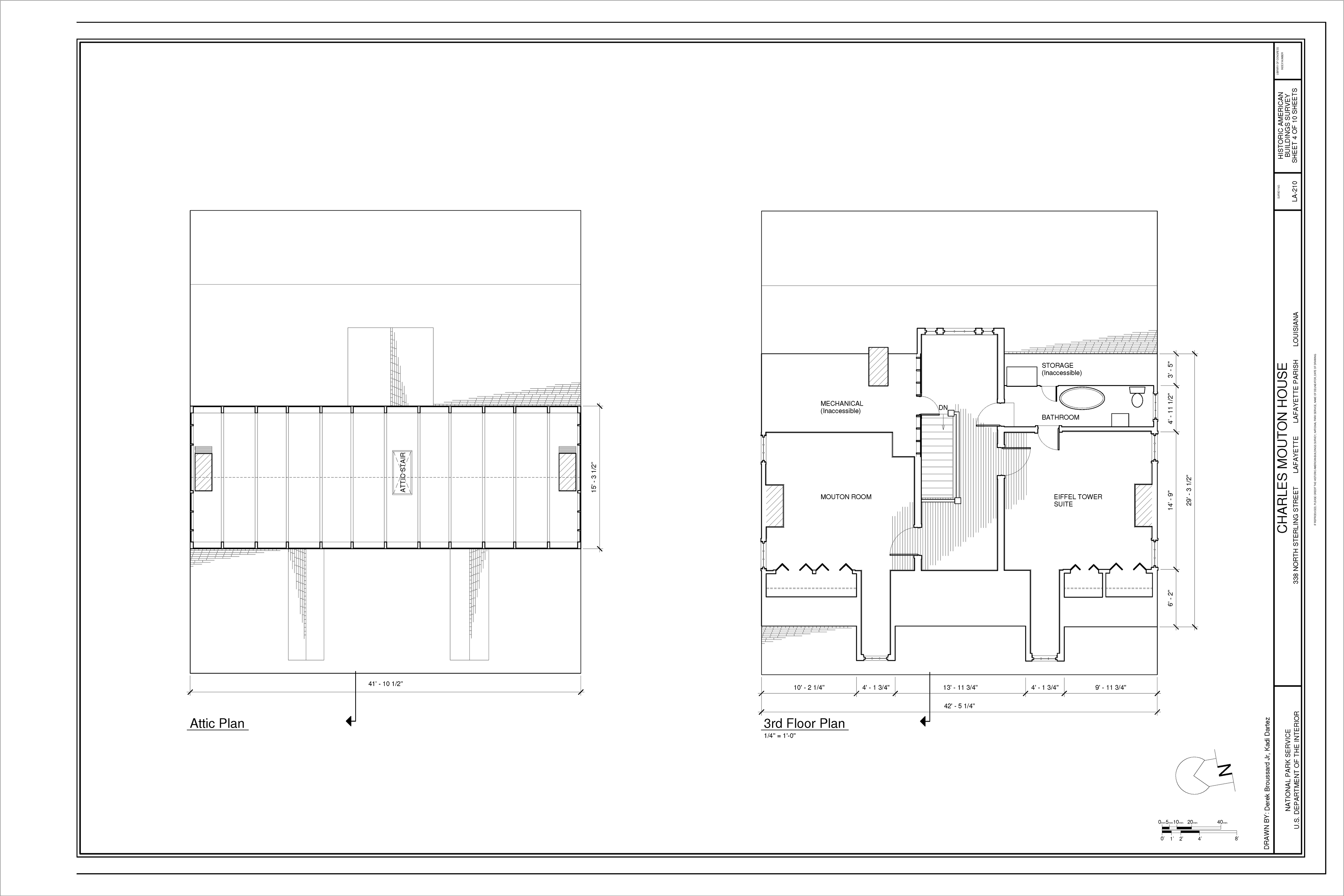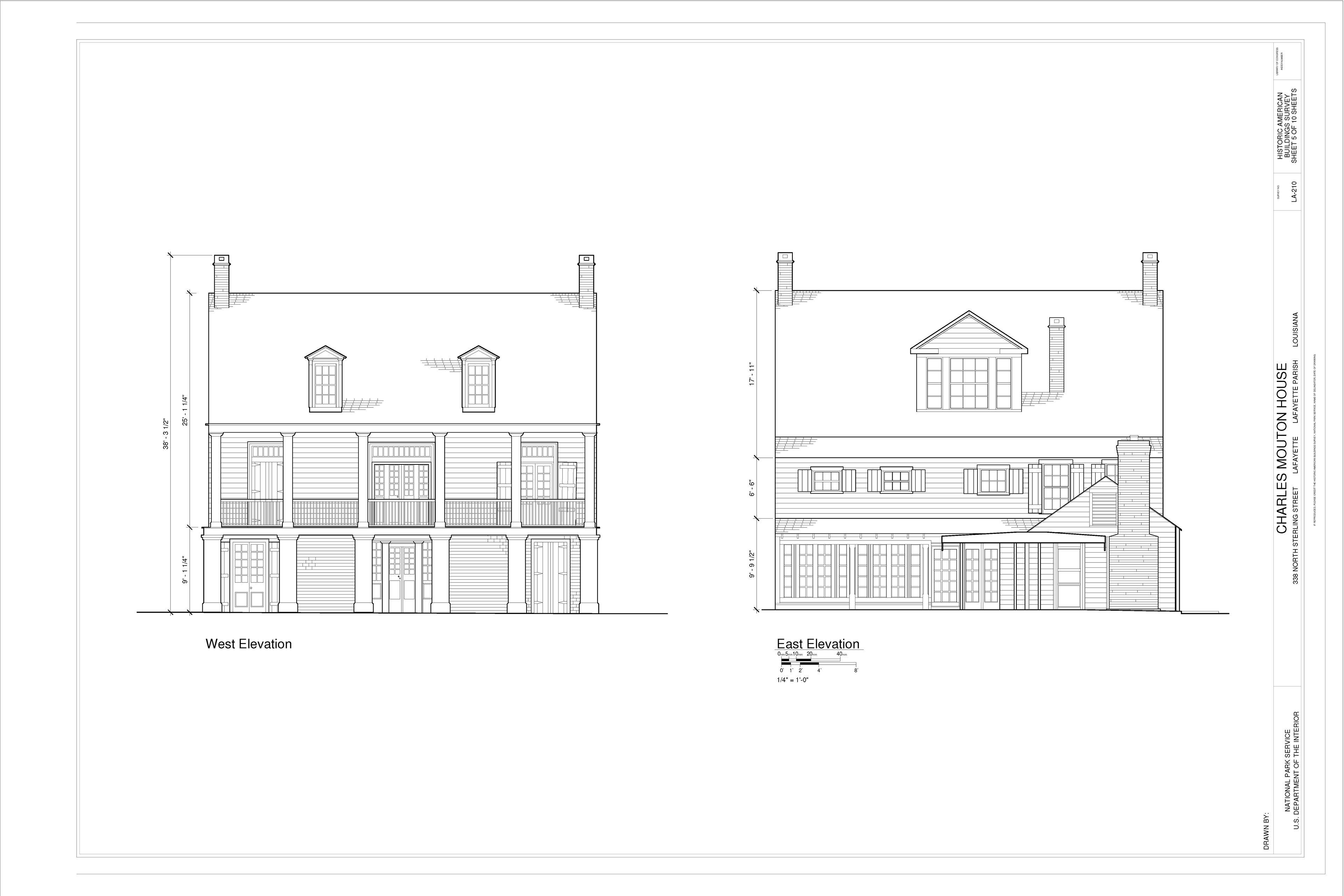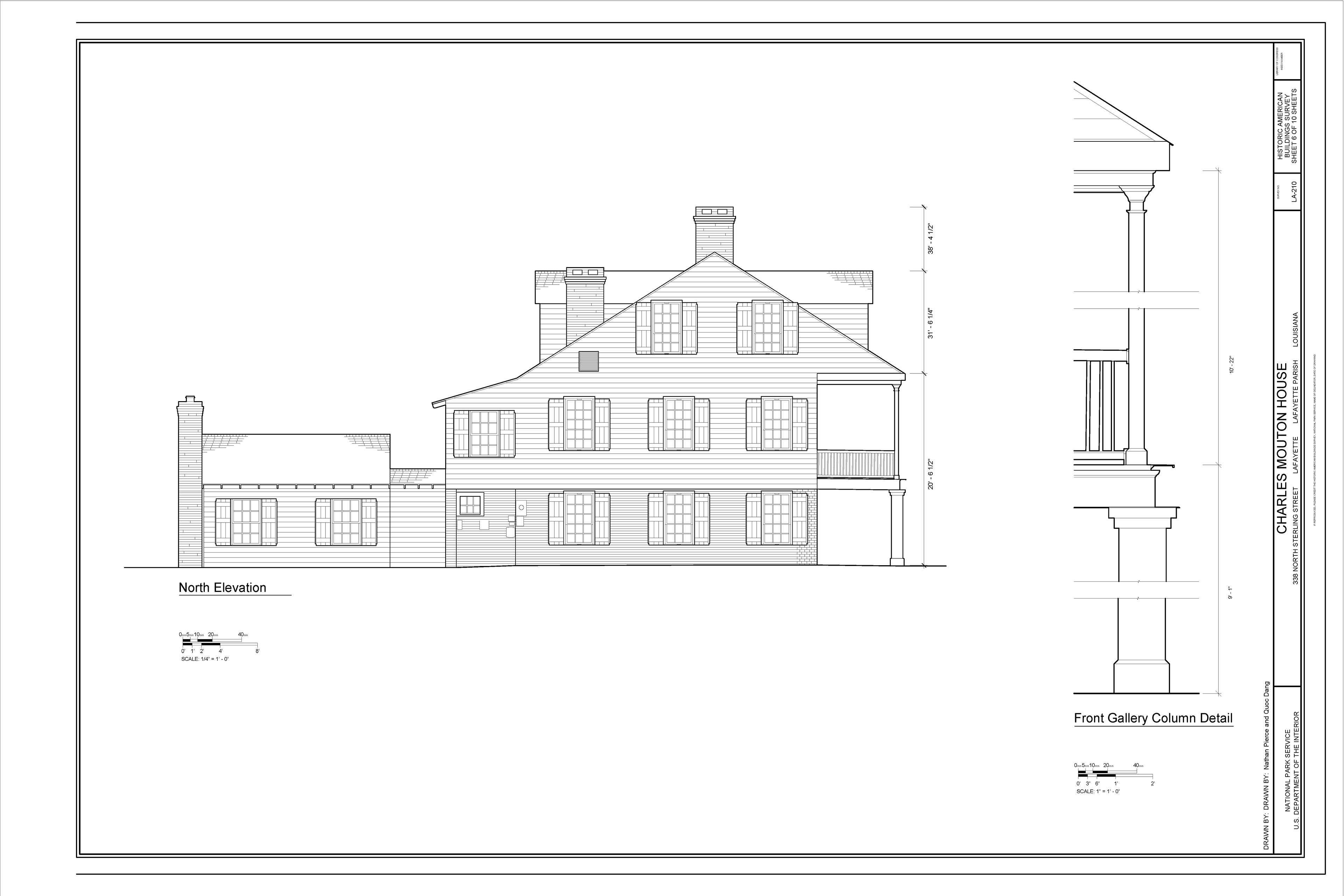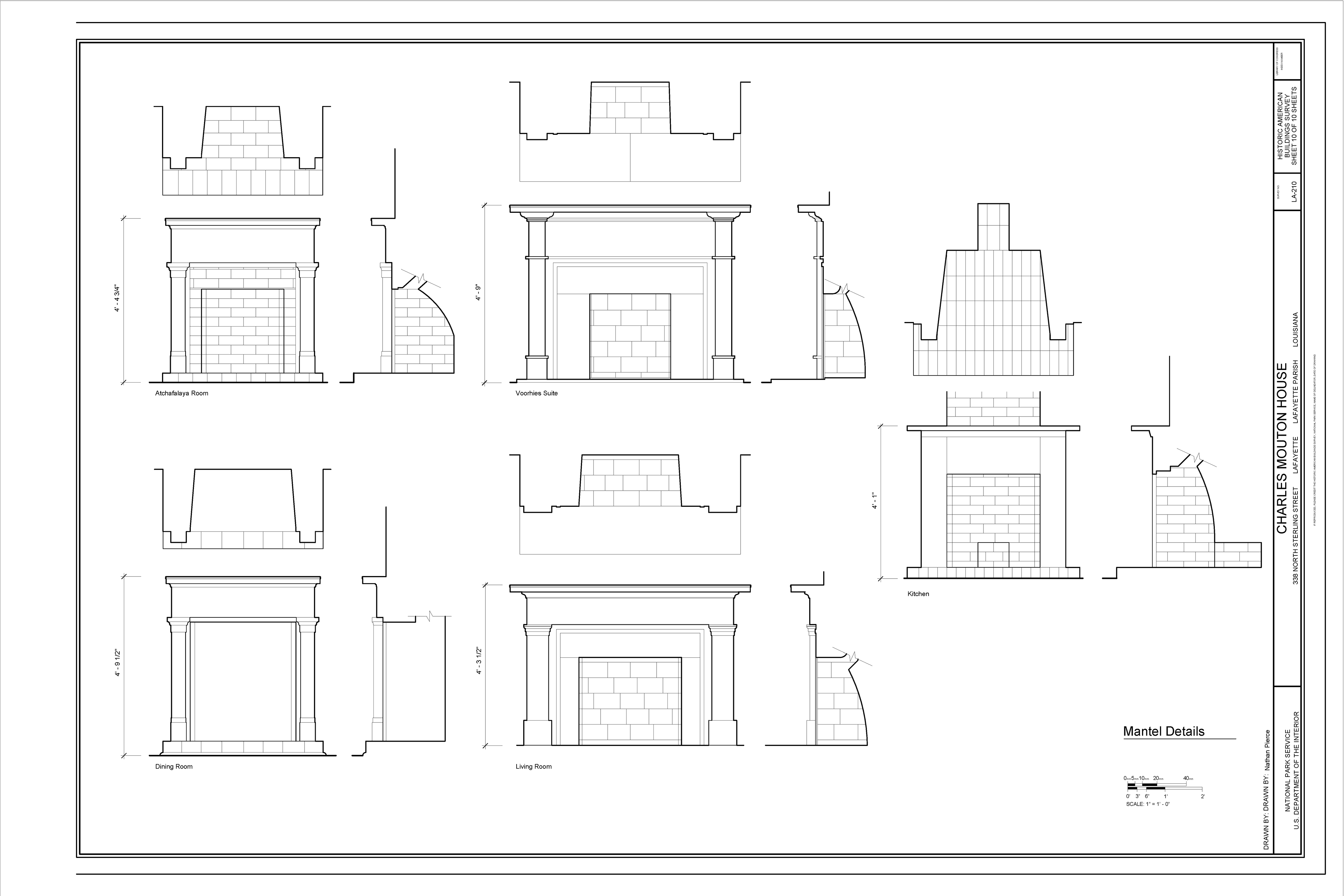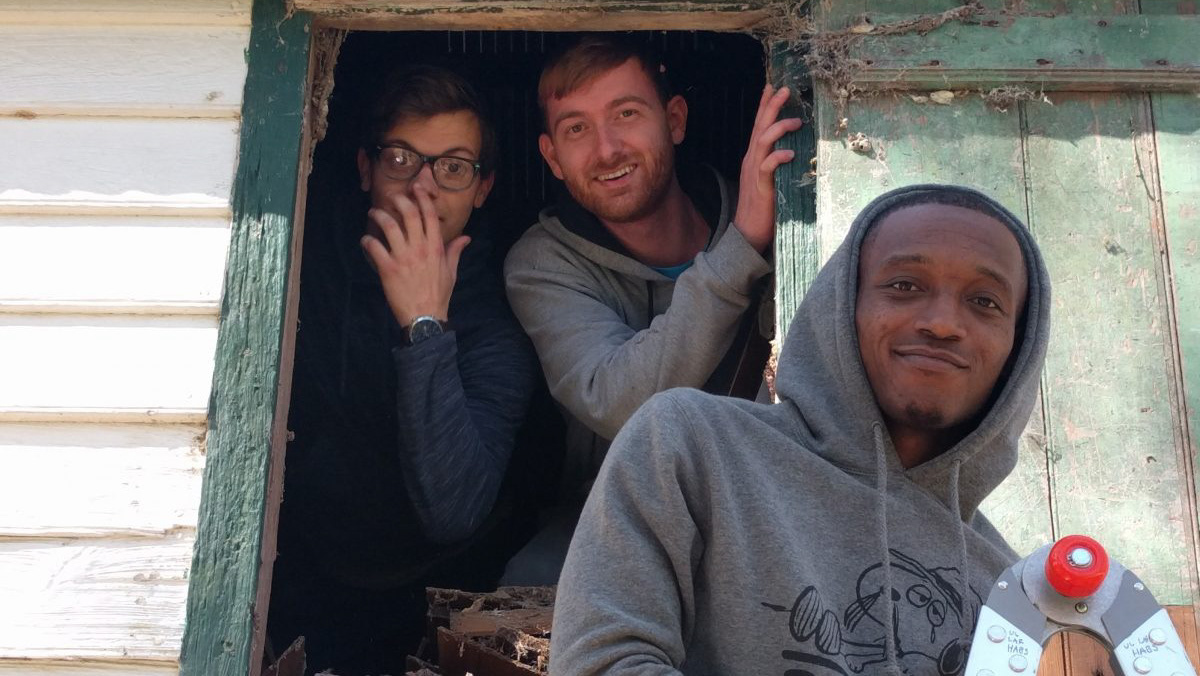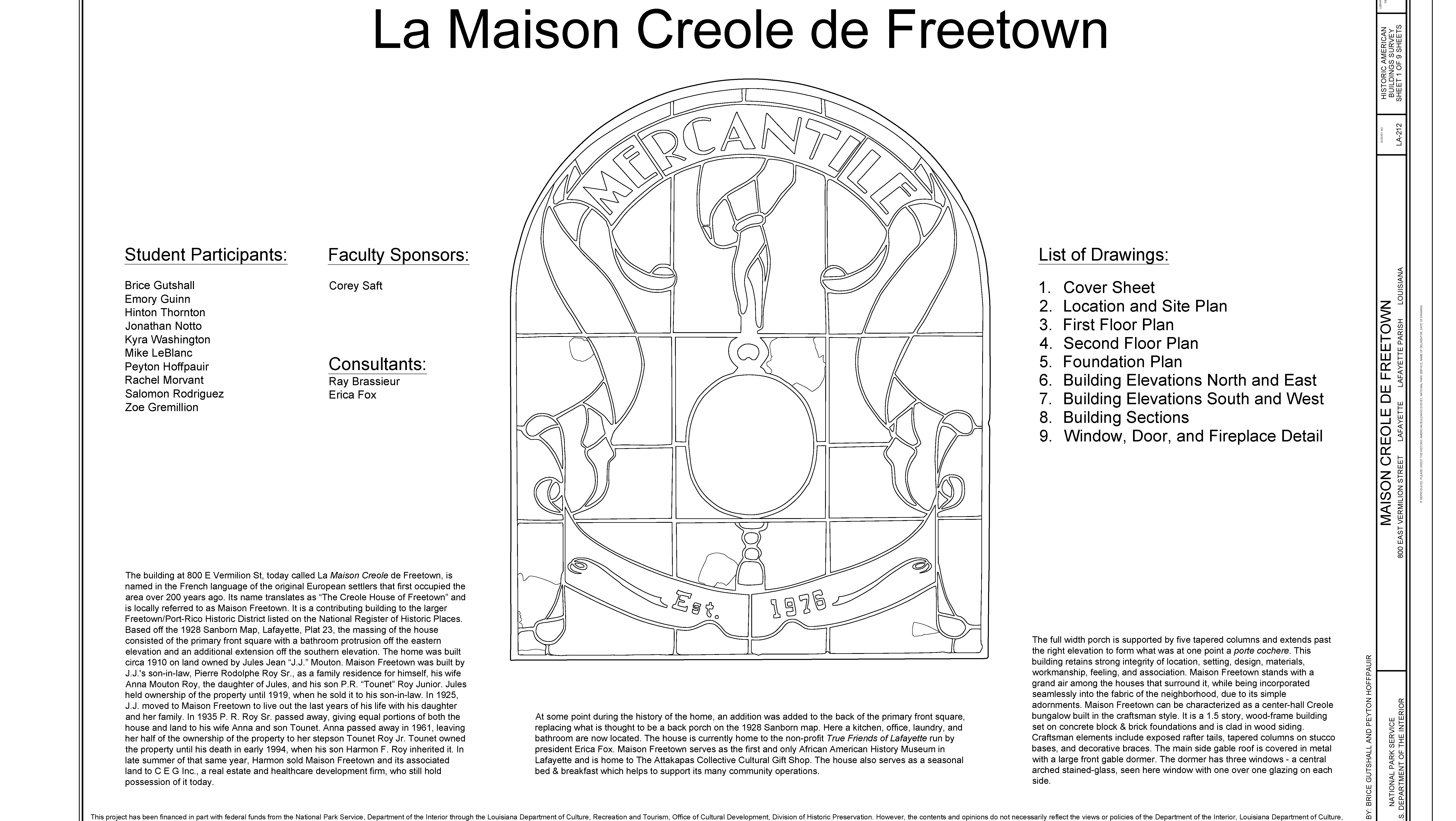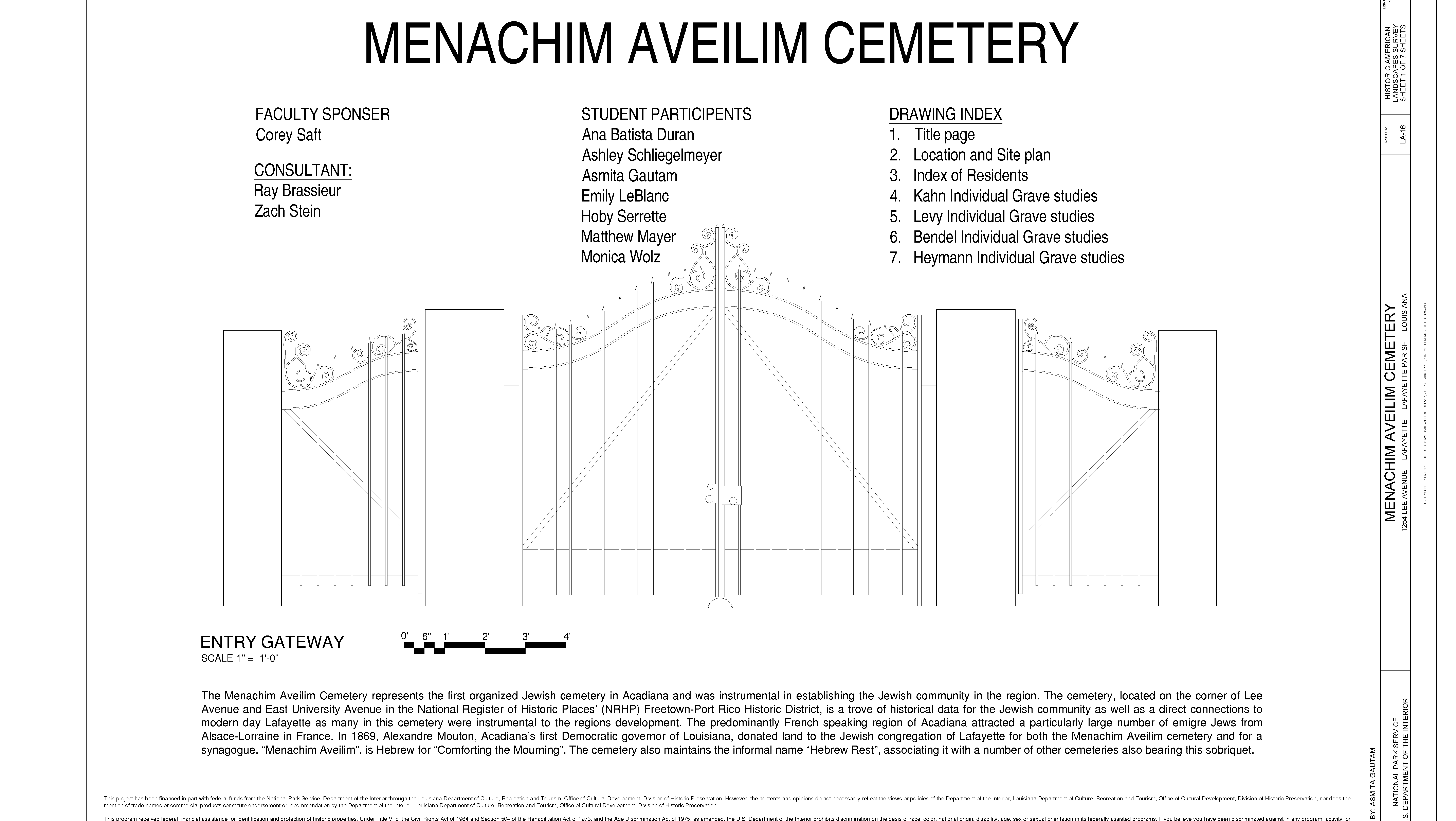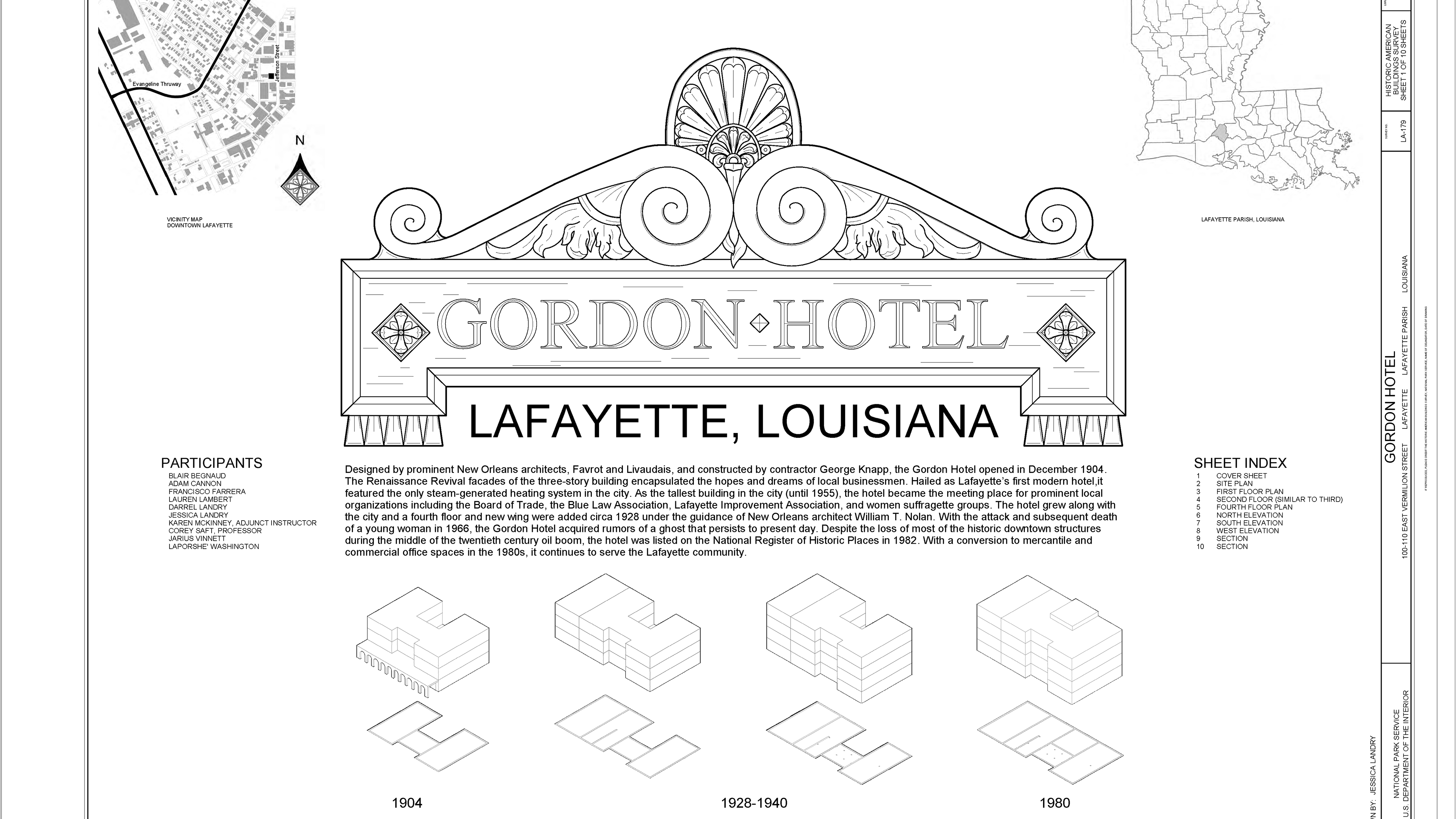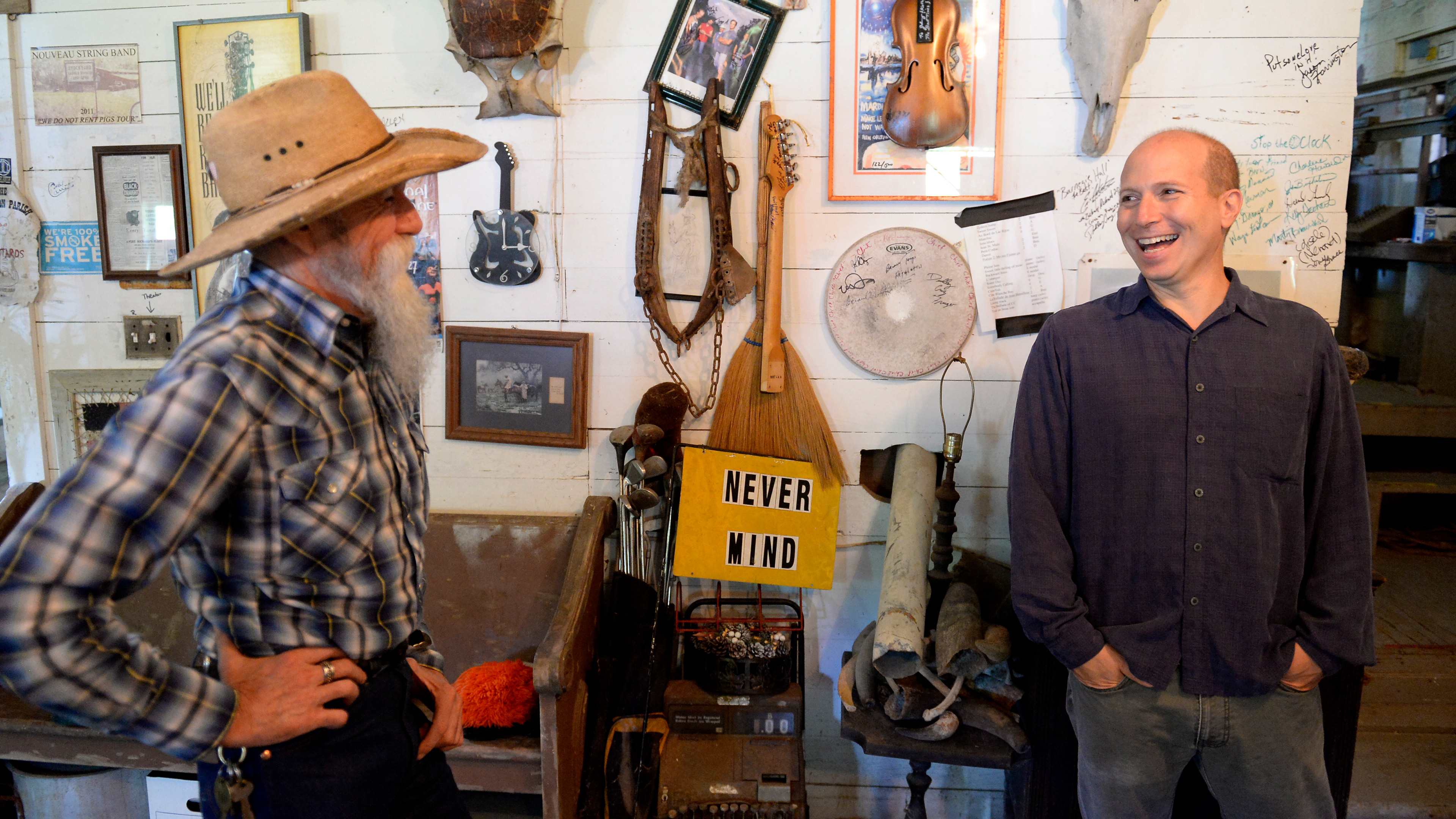The Charles H. Mouton House was listed on the National Register of Historic Places in 1980 and is located within the Sterling Grove Historic District. The property includes the original Overseer's House as well as a Carriage House and Guesthouse. The Plantation house, fronted with double galleries and paired doors, reflects a combination of French, English, and Greek Revival influences. It was constructed circa 1820 by the son of Lafayette's founder, Jean Mouton (1754-1834). The Mouton family inhabited the property until the Civil War. In 1899, it was purchased by Lafayette Mayor Kenneth F. Bowen. The Mouton Plantation House holds significance both architecturally and for the locally significant persons who inhabited it. Project Participants: Derek Broussard Jr, Quoc Minh Dang, Katie Dartez, Francisco Ferrera, Luke Habetz, Brandon Joseph, Joseph Livings, Louis McCall, Son Nguyen, Trevor Payne, Nathan Pierce, students; Corey Saft, Architect, AIA, LEED/ Professor; Karen JS McKinney, Architect, AIA/Graduate Assistant. University of Louisiana at Lafayette; State Historic Preservation Office, Office of Cultural Development, Department of Culture, Recreation, and Tourism, State of Louisiana.
The Historic American Buildings Survey (HABS) began during the Great Depression in December 1933, when Charles E. Peterson of the National Park Service submitted a proposal for one thousand out-of-work architects to spend ten weeks documenting "America's antique buildings." Having operated under various administrative authorities for its first two years, HABS became a permanent program of the National Park Service in July 1934 and was formally authorized by Congress as part of the Historic Sites Act of 1935. Today's documentation is produced primarily by students pursuing degrees in architecture and in history, and the HABS, HAER and HALS programs have proven to be an important training ground for several generations of architects, engineers and historians. The collections are among the largest and most heavily used in the Prints and Photographs Division of the Library of Congress.
